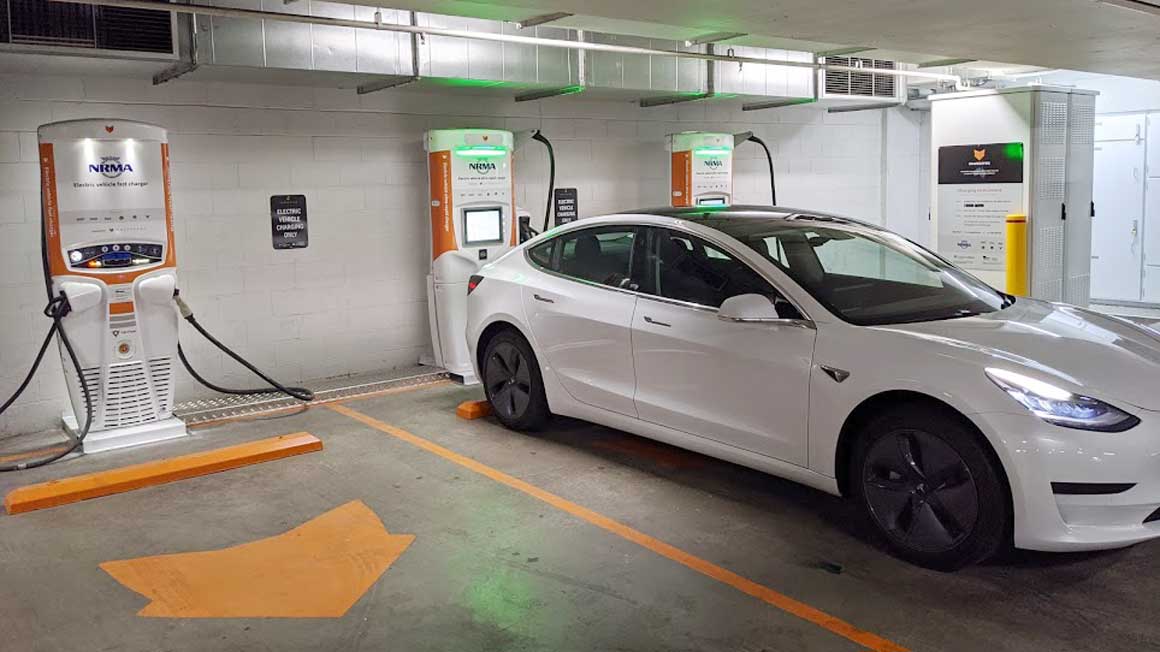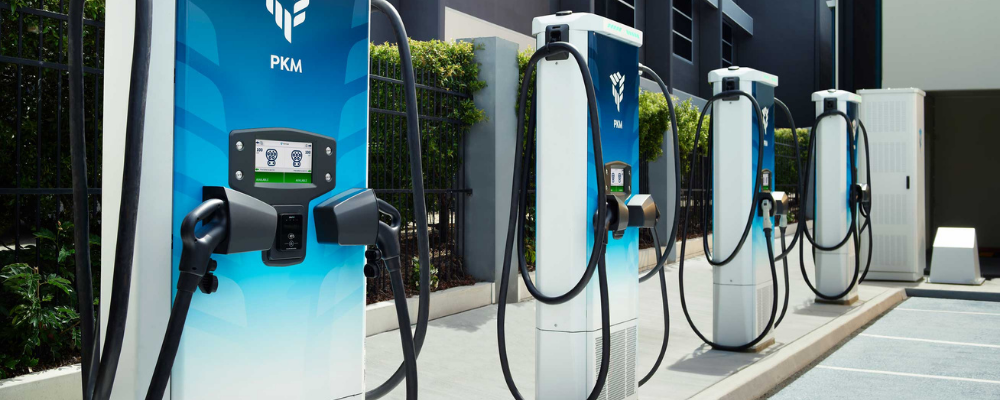The Definitive Guide for Ev Powerhouse Portable Ev Chargers
Table of ContentsIndicators on Portable Electric Vehicle Charger You Should KnowGetting My Ev Powerhouse Portable Ev Chargers To Work5 Simple Techniques For Ev PowerhouseUnknown Facts About Portable Electric Vehicle ChargerEv Powerhouse Fundamentals Explained
Degree 1 EV battery chargers are normally mobile. portable electric vehicle charger. This means that the cord is embedded to the billing gadget while on the other side there is a common 120V air conditioning power outlet.: Chargerpoint side EV port in untethered EV battery charger Level 2 and also Level 3 EV battery chargers can feature tethered or untethered styles.Both sides of an EV wire feature a man as well as a female side of the Type 1, Kind 2, CCS1, CCS2, GB/T, or Tesla auto billing port.
We recognize the typical owners of the lands across Australia, and pay our areas to First Nations Elders past, existing, and also arising.
The very early days of any kind of brand-new modern technology are usually tough and also filled with contrasting criteria. Every maker has his own procedures as well as guidelines that he uses as well as develops. Just time will tell which will victory. The very same was real of the billing connectors for cell gadgets, and also the same holds true now of the EV connectors on the billing cables for electrical vehicles.
The Definitive Guide for Portable Electric Vehicle Charger
It is the approved norm in Japan, where CHAde, MO connectors are used by nearly all DC fast chargers for EV billing. Just the Nissan LEAF as well as the Mitsubishi Outlander PHEV utilize it in North America. CHAde, Mo connections do not share a section of the link with the J1772 inlet, in comparison to the CCS system.
Because of the reality that each EV may take a variety of power degrees from the battery charger, various EVs bill at varying rates on each degree. Prior to the charger is turned on when an electric cars and truck is plugged in, there is an interaction procedure. Essentially, the automobile checks with the charger exactly how much power it can provide prior to requesting the optimum amount the station can delivering.
By connecting the charging device to a conventional electrical outlet, any type of electric auto or plug-in crossbreed may be recharged on Degree 1 any time. An EV can add in between 3 and 5 array miles per hr at Level 1, which is the slowest charging level. Level 2 charging works better for the day-to-day billing needs of most of BEV owners.
Level 1 adapters are straightforward to make use of, budget-friendly, as well as trustworthy (Ev PowerHouse Portable Ev Chargers). Chauffeurs' demands might be satisfied by a Degree 1 charger for a single-family house. Fee rates for degree 1 battery chargers vary from 4-5 miles per hr. They function best when a motorist can frequently connect in as well as leave the cars and truck to recharge over night.
The Best Guide To Ev Powerhouse
Public charging centers and house battery chargers often use AC. The onboard battery charger (OC) capacity and billing terminal power both impact just how promptly batteries charge. Basically, an EV battery can not bill faster than it can sustain. Also if the billing factor's power is better than the OC capacity in this circumstances, your EV won't bill any kind of quicker since the OC capacity has established restrictions.


By connecting the electric battery to an outside socket, it might be recharged. EV Billing Connectors are the terminal links that are linked to the electrical vehicle and also the billing cord, respectively, to make it possible for billing.
The 4-Minute Rule for Portable Electric Vehicle Charger
The amount of electrical energy that each plug can deliver differs depending on the cars it is suitable with.
Level 1 EV chargers are often used at residence as a drip battery charger or as a backup when there are no Degree 2 or Degree 3 charging terminals available. Unless you are billing your vehicle at residence, a Level 1 EV charger is not really sensible because of its slow-moving charging rate.
However, the installation of Degree 3 chargers is growing. A Degree 2 charger can be as much as 19 times faster than a Degree 1 charger, depending upon the power output and the charge acceptance rate of the lorry you are billing. An hour of charging with a Degree 2 battery charger can supply a range between 10-75 miles (16-120 kilometers).
There are 2 kinds of electric currents for EV charging: AIR CONDITIONING (Rotating Present) and DC (Direct Existing). The difference between AC-type EV billing and DC-type EV billing check my site is where the AC power is transformed to DC power.
A Biased View of Portable Electric Vehicle Charger
Level 3 EV charging is likewise called DC quickly charging and also is dramatically faster than Degree 2 EV charging. Degree 3 billing stations are the market's quickest and most effective EV charging choices.
A Level 3 battery charger can completely charge a basic electric vehicle in under 20 minutes, depending on its charge approval price. Level 3 EV battery chargers are usually discovered at public service terminals near freeways as they are necessary for use on longer trips.